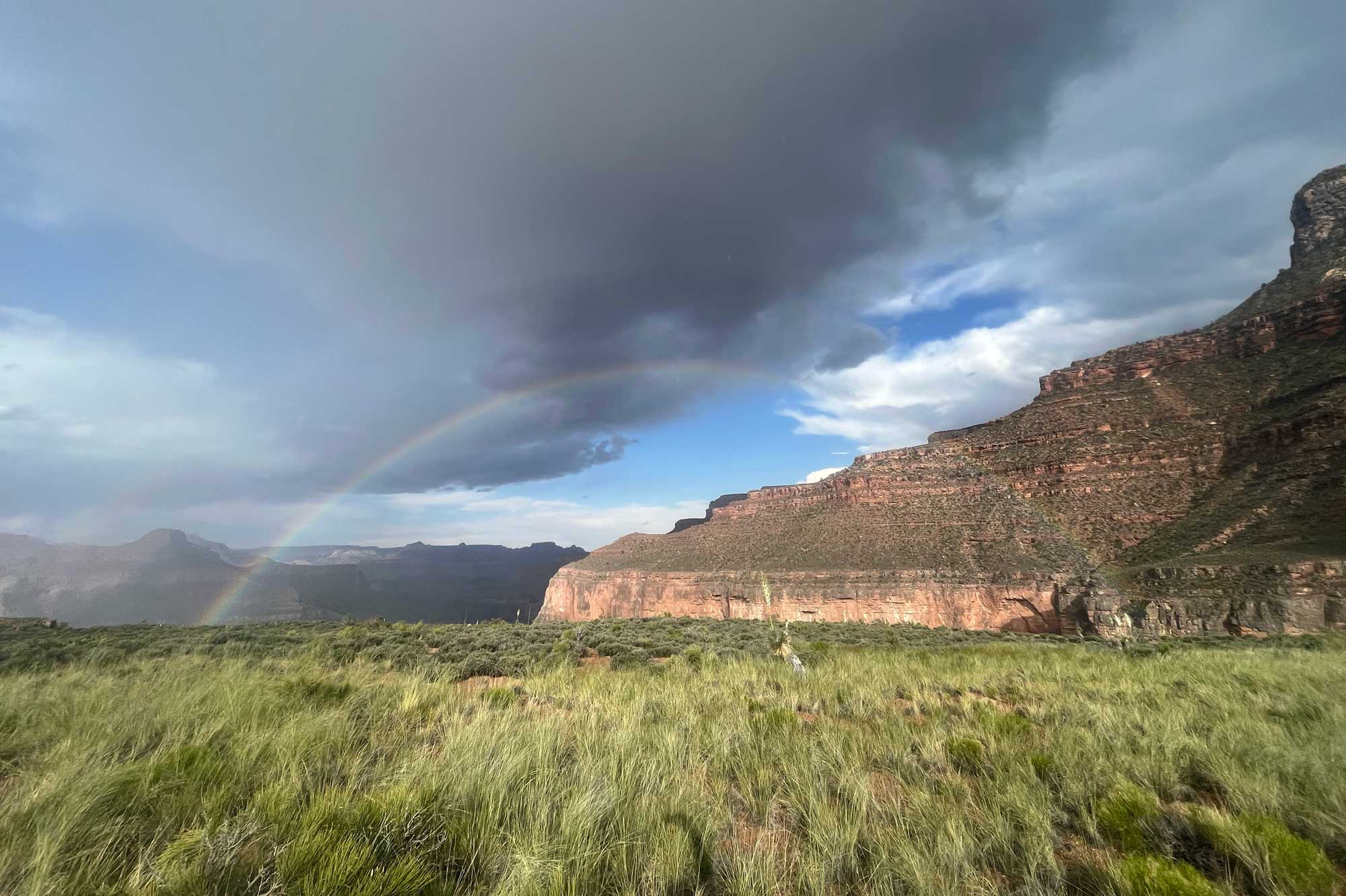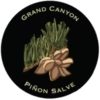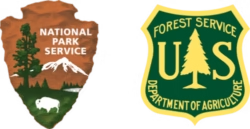Leave No Trace: Protecting the Desert Ecosystem
The desert is a place of stark beauty, with sweeping sands, jagged rock formations, and resilient flora and fauna. It’s also a fragile environment that requires thoughtful stewardship from everyone who explores it. Practicing Leave No Trace in the desert is essential to preserving these unique landscapes for future generations. Here’s how you can help protect the desert ecosystem during your outdoor adventures:
1. Plan Ahead for Responsible Desert Exploration
Preparation is key to minimizing your impact. Research the trail and regulations in the area you’re visiting. Understanding fire restrictions, camping rules, and potential hazards ensures that you follow Leave No Trace in the desert principles while staying safe.
2. Stick to Trails and Durable Surfaces
Staying on marked paths and durable surfaces is critical. The desert’s fragile cryptobiotic soil, rich in microorganisms, can take centuries to recover if damaged. Following these principles reduces the risk of harming the delicate desert environment.
3. Carry Out All Waste
“Pack it in, pack it out” is a golden rule. Dispose of all trash, leftover food, and litter responsibly. Even biodegradable items like fruit peels disrupt wildlife and decompose slowly in the arid climate. Use portable waste systems or dig catholes where permitted to properly follow Leave No Trace guidelines.
4. Preserve the Desert’s Natural Wonders
The desert’s unique rocks, plants, and cultural artifacts are part of its beauty. Rather than taking mementos, capture photos and leave the environment undisturbed. These actions align with Leave No Trace in the desert principles, ensuring the landscape remains pristine for others.
5. Minimize Fire Damage
Dry desert conditions make campfires hazardous. Use portable stoves instead of fires to limit your impact. If campfires are allowed, keep them small, use designated rings, and extinguish them completely before leaving. Avoid gathering wood, which is often home to desert creatures.
6. Respect Desert Wildlife and Resources
The desert is home to diverse wildlife that relies on scarce resources. Observe animals from a distance and never feed them, as it disrupts natural foraging behaviors. Stay away from water sources to ensure animals can access them without stress or interference.
7. Be Mindful of Other Visitors
Part of Leave No Trace includes fostering a respectful environment for fellow adventurers. Keep noise levels low, yield trails as needed, and share popular viewpoints courteously. These small acts enhance everyone’s experience while preserving the desert’s peace.
8. Inspire Others to Protect the Desert
Educate your group about Leave No Trace in the desert practices. Share tips online or with friends to encourage responsible hiking and camping. Your efforts contribute to a collective commitment to safeguarding the desert for future generations.
Conclusion
Practicing Leave No Trace in the desert connects you to the landscape while ensuring its preservation. Every step you take, every piece of waste you pack out, and every respectful interaction with wildlife makes a difference. By embracing these principles, you protect the fragile desert ecosystem for generations to come. Ready to explore responsibly?
Want to learn more about the types of trips we offer?
Click here to book your next adventure with The Desert Hiking Company!







